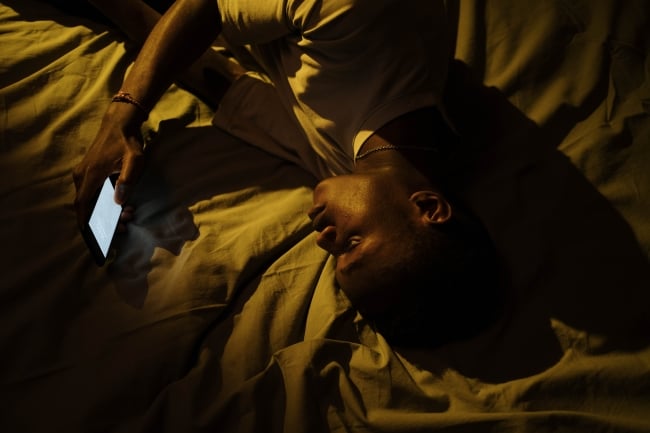You have /5 articles left.
Sign up for a free account or log in.

Around one in four students will experience moderate homesickness during their time at college. Higher education professionals can help support students’ transition by promoting belonging and social connection.
Cottonbro Studio/Pexels
Homesickness is a common problem among new students at college. One in four students experiences moderate homesickness, and 3 percent experience extreme levels of separation distress, according to a 2016 study published by Project MUSE. Among those students, female students, those from out of state or first-generation students were more likely to feel homesick.
It is typical for a student to experience homesickness within the first six weeks of their first college semester, according to the University of Massachusetts at Dartmouth’s counseling center. However, homesickness can result in physical symptoms of nausea, sleeplessness, sadness, loss and apprehension.
Homesickness can also impact students’ academic performance and first-year retention.
While there’s no cure for homesickness, higher education professionals can help heal the hurt felt by homesick students in a variety of ways.
Recognizing Homesickness
Homesickness can manifest in a variety of ways. The University of South Florida recommends practitioners look out for students who:
- Feel anxious
- Feel lonely, isolated or like they don’t fit in
- Have trouble sleeping
- Are irritable or experience mood swings
- Visit home every weekend
- Encourage involvement
For some students, homesickness can compound with feelings of loneliness. First-year students who had lower sense of belonging were more likely to experience homesickness, according to the Project MUSE study.
To promote belonging, higher education practitioners can encourage students to connect with their peers and the general campus community. A campus bucket list can share the college’s honored traditions and various ways for students to participate in student functions.
Administrators can take an active role in this process, becoming a familiar face on campus through holding regular drop-in hours in highly trafficked areas or by hosting events targeted at recognizing student connection.
In addition, higher ed officials can create spaces focused on different student populations like racial or gender minorities, student athletes, transfer students, commuter students or student veterans.
Students also value virtual participation options for campus events, according to a recent Student Voice survey by Inside Higher Ed and College Pulse.
- Foster connections
Intimate relationships can boost students’ feelings of connectedness and mitigate homesick distress. Young adults reported some of the highest rates of loneliness among U.S. adults and since COVID-19 have reported the greatest decline of time spent in person with friends, according to a recent report from the surgeon general.
Formal mentorship programs can connect students to their peers, faculty members, staff or alumni to gain insight into the college experience and how to navigate higher education.
Colleges and universities can also share current students’ experiences to incoming students to normalize the feelings of homesickness and encourage pre-emptive consideration of how the transition to college might affect them.
- Promote personal wellness
Higher education practitioners can get ahead of student mental health concerns related to homesickness by empowering them with wellness resources.
Programs directed at resiliency and rebounding from hardship can encourage students to rethink the obstacles they’re encountering and center their experiences as opportunities rather than problems. Including mentorship connections in these programs promotes vulnerability and provides a role model for students to recognize that others have felt the same way.
- Share campus resources
Some students will experience high levels of homesickness that cannot be soothed with solutions other than counseling or therapy. Higher education practitioners can play an essential role in connecting students to mental health resources and other supports.
Do you have a wellness tip that might help others encourage student success? Tell us about it.




